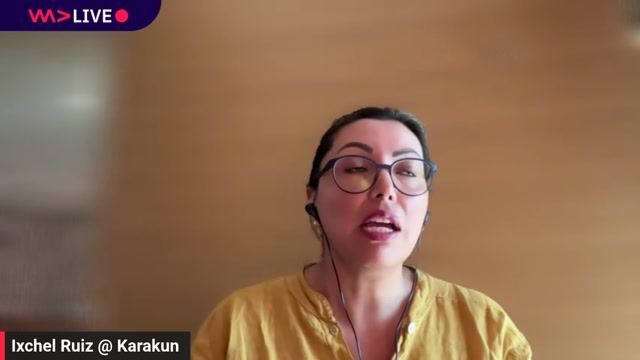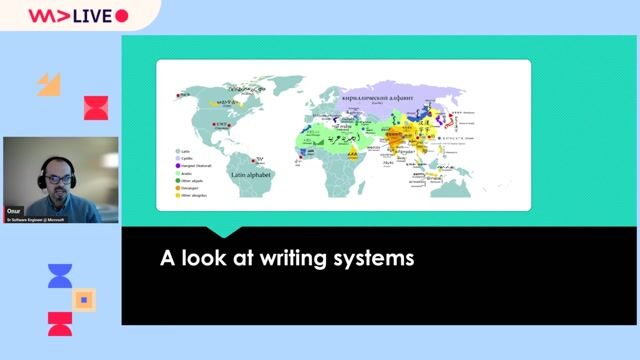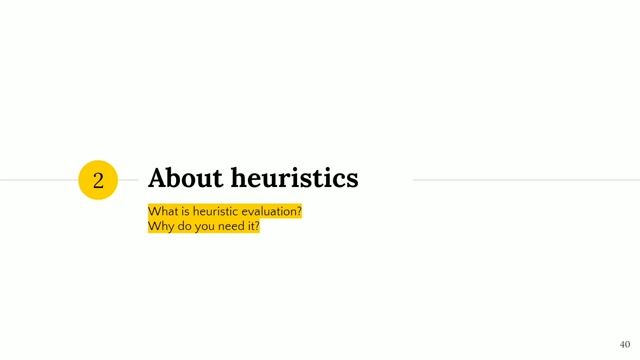Kathryn Grayson Nanz
Learn Enough Design to Be Dangerous
#1about 4 minutes
Design is a learnable skill, not an innate talent
Design is a science based on how the human brain processes information, making it a skill that any developer can learn and apply.
#2about 7 minutes
Exploring the fundamentals of color theory
Learn the difference between additive (RGB) and subtractive (CMYK) color systems and how context, hue, and value influence color perception in UIs.
#3about 5 minutes
How to build effective UI color schemes
Use four tried-and-true methods—monochromatic, analogous, complementary, and triadic—to create harmonious and effective color palettes for your user interfaces.
#4about 1 minute
Ensuring color accessibility in your designs
Use accessibility checkers and consider high-contrast themes to ensure your color choices are readable and usable for all users.
#5about 5 minutes
Using Gestalt principles for intuitive layouts
Leverage Gestalt theory's six patterns—similarity, closure, continuity, proximity, figure-ground, and symmetry—to align your designs with natural human perception.
#6about 5 minutes
Establishing a clear visual hierarchy
Control user attention by strategically using size, placement, and color to create contrast and guide users through your interface.
#7about 5 minutes
How to achieve balance in UI composition
Distribute visual weight evenly across your design using symmetrical or asymmetrical balance to create a sense of stability and comfort for the user.
#8about 2 minutes
Using white space to improve clarity
White space is a critical design element that gives content room to breathe, reduces visual clutter, and improves user comprehension.
#9about 6 minutes
An introduction to typography fundamentals
Learn essential typography terms like typeface vs. font, kerning, tracking, and leading, and how to avoid common layout issues like widows and orphans.
#10about 5 minutes
Choosing the right typeface for your project
Select the best typeface by understanding the personalities of serif, sans-serif, display, and script fonts and asking critical questions about your message and audience.
#11about 17 minutes
Conclusion and Q&A on design practices
A summary of design as a science is followed by answers to audience questions on color, layout, aesthetics, and personal workflow.
Related jobs
Jobs that call for the skills explored in this talk.
Featured Partners
Related Videos
 55:07
55:07What makes a great Software Engineer? Challenging our Assumptions Instead of Talking about Imposter Syndrome
Irina Anastasiu
 59:00
59:00One size fits all! Not at all!
Ixchel Ruiz
 1:05:49
1:05:49Sustainable me. A tale of good design.
Lorenzo Pieri
 23:05
23:05Design patterns for neurodiversity and mental health
Mina Nabinger
 59:20
59:20What's new in CSS for Designers?
Onur Gumus
 56:01
56:01Preventing Accessibility Issues Instead Of Fixing Them
Dirk Ginader
 1:10:55
1:10:55WeAreDevelopers LIVE - Web Typography; CSS Layout features; Staying curious in an AI world and more
Chris Heilmann, Daniel Cranney & Jason Pamental
 28:39
28:39It’s easy to create a good looking product, but what about a useful one?
Eleftheria Batsou
From learning to earning
Jobs that call for the skills explored in this talk.


